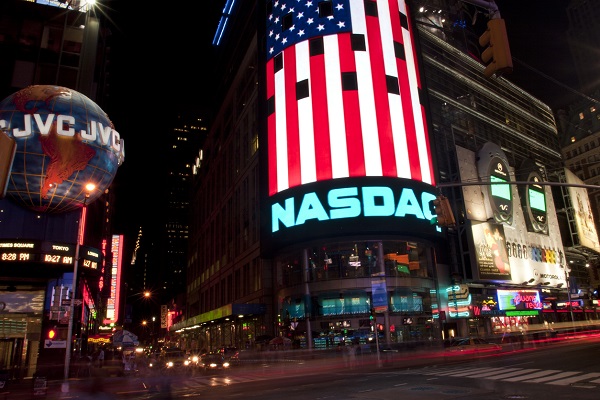Market snapshot: worst January for Nasdaq since 2008 crisis
1st February 2022 08:14
by Richard Hunter from interactive investor
Despite a fightback in recent sessions, Wall Street suffered big losses at the beginning of 2022, and competing factors are likely to guarantee further volatility in the near term. Our head of markets looks at the major issues driving sentiment right now.

A continuation of the brief relief rally was not enough to repair the damage already wrought by a poor start to the year.
Despite a surge by the Nasdaq tech index, helped along by broker upgrades to the likes of Netflix (NASDAQ:NFLX) and Tesla (NASDAQ:TSLA), as well as some broad bargain hunting, the index recorded its worst January since 2008 and currently stands down 9% in the year to date. A similar picture was seen in the other major indices where, despite some strength, the Dow Jones is down by 3.3% and the S&P500 by 5.2% so far this year.
The competing factors which have so far perplexed investors and ensured volatility are likely to continue for the time being. On the one hand, monetary tightening and geopolitical tensions are unnerving market participants, while at the same time the economic news is providing a recovering and robust backdrop, with corporate earnings also expected to confirm the rude health of companies on the ground.
- No trading fees on US shares until 11 February. Click here for details
- Top 10 things you need to know about investing in the US
- US stock market outlook 2022
- Chart of the week: Netflix shares are half price – should you buy?
Even so, the thought of less stimulus to which the market has become accustomed after years of easing is one which will take some time to process and, in the meantime, is leading to dislocations in pricing.
In terms of interest rate increases this year, for example, opinions are divided on how aggressive the Federal Reserve will need to be. While most expect around four rate rises to be the likely outcome for the year, there are others who expect the inflation targeting to be more pronounced, with as many as seven rises being seen by one market outlier.
In the meantime, there could be an element of a return to bottom-up investing, looking towards companies with defensive qualities, stable cash flow and pricing power as opposed to those which are priced on the promise of future explosive growth.
More broadly, the spectre of rising rates and a surging oil price has resulted in a positive opening to the year for some. The banking sector has seen an early bout of investor interest and with the full-year reporting season yet to come in the UK, there will be high expectations not only for a robust showing, but also for a further return of capital to shareholders in the face of the embarrassment of riches accumulated at the height of the pandemic.
- Watch our share, fund and trust tips, plus outlook videos for 2022
- Baillie Gifford gives its opinion on the US tech crash
- Why Bill Ackman just took a massive punt on Netflix
- Friends & Family: ii customers can give up to 5 people a free subscription to ii, for just £5 a month extra. Learn more
The easing of restrictions and the diminishing effect of the Omicron variant could also provide some support to the beleaguered travel and hospitality sectors, although the escalating cost of living in the UK could crimp some of this progress. Meanwhile, the UK is currently becoming an interesting investment destination to those investors who have been searching for a source of mature, cyclical businesses with a relatively attractive dividend yield to boot.
As such, the FTSE100 has endured a rather less torrid time than some of its international counterparts and, while an increase of 1.8% in the year to date does not shoot the lights out, it is a creditable performance given the backdrop of general market volatility.
These articles are provided for information purposes only. Occasionally, an opinion about whether to buy or sell a specific investment may be provided by third parties. The content is not intended to be a personal recommendation to buy or sell any financial instrument or product, or to adopt any investment strategy as it is not provided based on an assessment of your investing knowledge and experience, your financial situation or your investment objectives. The value of your investments, and the income derived from them, may go down as well as up. You may not get back all the money that you invest. The investments referred to in this article may not be suitable for all investors, and if in doubt, an investor should seek advice from a qualified investment adviser.
Full performance can be found on the company or index summary page on the interactive investor website. Simply click on the company's or index name highlighted in the article.